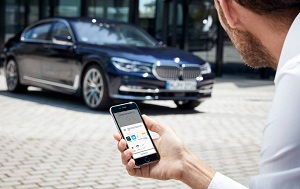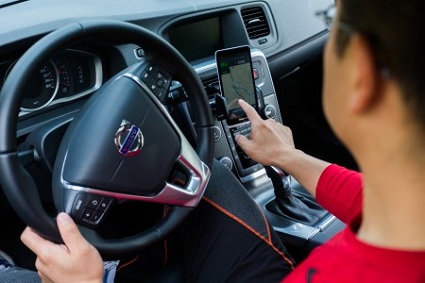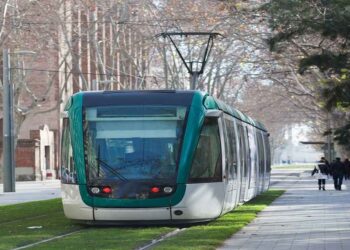The connected car won’t just be better, safer and more efficient. It may also be the entry point to a new citizen-centric mobility ecosystem.
As of this year, most major car companies have an office in Silicon Valley. Google, Uber, Tesla and others have mapped millions of miles of road in unprecedented detail, while investing heavily in artificial intelligence. And on-demand car services now outnumber taxis in several major cities. In both private business and the public mind, the connected car is becoming more valuable for the connectivity it provides than the features it contains. And 2016 will see a massive acceleration in this trend.Bridging conflicting modes of transport
Today’s transport systems have inherited an extremely inefficient tradition of competing industries. Air, rail and road operations – both public and private – have been built to capture as much of the transportation market and infrastructure funding as possible. Their interconnecting nodes and information exchange, meanwhile, have been largely neglected.
One of the key challenges of the connected car era will be to design the meshes that bring these industries, and their modes of mobility, together. Public transportation services will need to open up their data to vehicle sharing and other on-demand services. Private companies will need to make their data available to traffic planners.
Payment and route planning services will need to bridge all available modes, while ensuring data security. Connected cars will play a major role in these more seamless multimodal transport systems, but their design will have an increasing emphasis on transportation system integration and real-time networked learning, as opposed to individual performance. In cities like Helsinki, we’re already seeing a shift from the car as “king of the road†to merely one element in a broader mobility-on-demand service.
Shape-shifting modes of transport
Increased vehicle-to-vehicle connectivity and smartphone-based mobility services will fundamentally transform what we now view as separate modes of transport. Pop-up bus services like Bridj are creating adaptive mass transit systems that function more like Uber. Bus Rapid Transit systems and bumper-to-bumper fleets of autonomous vehicles, with their own dedicated driving lanes, will function more like commuter rail systems than independent vehicles.
These adaptive systems create enormous opportunities for governments with scarce resources for new infrastructure. A Bus Rapid Transport system, for example, can cost just one-tenth the price of a metro rail system, which could amount to trillions of dollars of savings globally. Since the optimal solutions vary from city to city, the U.S. Department of Transportation has recently announced a $50 million Smart City Challenge. Aimed at utilizing innovative new technologies without the need for costly new infrastructure, the competition explicitly encourages developments in vehicle-to-vehicle and vehicle-to-infrastructure technology, autonomous vehicles and on-demand services.
 Towards a new “mobility cloudâ€
Towards a new “mobility cloudâ€
Urban planners have already embraced the productivity gains of high-density, mixed-use development. Traffic planners are now beginning to do the same. Rather than forcing taxpayers to fund single-purpose commuter highways that contribute to traffic jams and urban sprawl, we will see a shift in investments toward higher-density multi-purpose transport infrastructure. Google, Uber, Amazon and cities themselves are already contributing greater cloud computing power, increasingly granular road maps, and more precise traffic data to make this possible.
In the coming years this emerging “mobility cloud†will make it possible to increase the data density of every form of transport. On-demand cars will move both people and packages. Connected workspaces will appear in more and more buses, cars and trains. And vehicles themselves will sense and communicate weather data, traffic patterns and available parking spaces. Like the most vibrant cities, mobility networks will function more like the internet itself, provisioning a wide array of services directly within every citizen’s phone, car, bus and train.
2016: the birth of a new mobility ecosystem?
Given our current dependence on privately owned automobiles, it’s likely that the connected car will play a key role in how we reinvent these new forms of mobility in the near future. For most people, the connected car of 2016 is like the iPhone of 2006: an extremely sophisticated technology without a clear purpose. But viewed a decade from now, it might just be the core platform for a mobility revolution we have yet to even imagine.

































